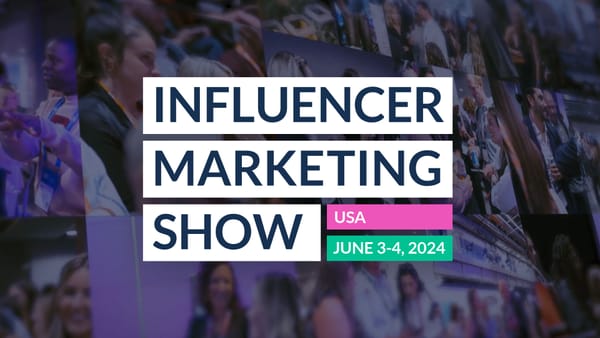A brand lift study is essentially an effort in collecting behavioural data that measures the impact of marketing activities over time.
On paper, it’s pretty simple, just create a benchmark for the state of a brand before a marketing campaign begins, then do it again after the campaign, and compare the results to see how much the marketing moved the needle.
The aim is to measure the change over the period on such metrics as reach, awareness, brand affinity, purchase intent and sales, as well as the change in velocity of these measures, which can inform future growth predictions. Depending on audience targeting strategies, it can also provide important insights into target customer segments.
While we might not always measure brand lift directionally, we always want our KPIs to improve. Improvement equals growth (or as we call it “lift”). So whether they’re conscious of it or not, most brand marketers are always chasing brand lift.
Historically, brand lift studies were both expensive and not always fully representative. Because broadcast TV had broadly appealing shows for a broad audience, brands needed a representative sample of their target consumers based often on a custom segmentation model. To accomplish this, networks and brands performed large research studies with market research companies to get a sample of people representative of the U.S. TV viewing audience, as well as a supplement of target audiences.
These studies often involved multiple waves of research, conducted over a period of months, often with repeat respondents, and the addition of focus groups to dig deeper into the “Why” behind the “What.”
As a result, this was an expensive process generating results often open to broad interpretation. The digital world, and social in particular, is much simpler, cheaper, and more accurate.
With just a few focused KPIs to analyse, brands can measure many of the aspects of an otherwise historically expensive study with great behavioural data at a fraction of the price. Digital formats are also markedly faster in terms of data collection, meaning brands can deploy and test new creative treatments in near real-time.
Here’s how.
Take stock of your baseline social metrics across all available owned and operated social channels. These include:
- Followers
- Activity on posts (engagement rate, views per video, impressions, likes, comments, or shares)
- Keywords used in comments
- Online sales
- Coupon codes redeemed
Aside from owned and operated accounts, brands should look externally as well to provide a broader context to these baseline readings.
- Google Trends mentions (both for the brand overall and specific products)
- Influencer Panel measurements (such as Tribe Dynamics’ Earned Media Value scores) and compare against competitors
- Comments on influencer posts mentioning your brand (paid or otherwise).
On that last point about comments, while there may not be enough relevant comments to properly quantify results, monitoring sentiment based on keywords can provide some directional indicators. Such as:
- Discovery and awareness: “I’ve never heard of this”
- Reminder: “This reminds me to order another one”
- Brand affinity: “I didn’t know this brand was committed to this particular cause. I love this!”
- Purchase intent: “I’ll have to try this brand”
- Brand loyalty: “I love this brand. I have the same product.”
Be sure to define all the above and determine your measurement strategy before starting any social campaign, but influencer campaigns in particular. So you can track the lift later. When working with influencers, you want to know which are providing the results you need. So set your benchmarks and let the influencers do their work.
If you want to get granular, you might stagger influencers into a waterfall method to see if you can tease out differences between them.
After your campaigns have run, you can compare all your benchmark measurements to your post-campaign measurements and determine the impact. You might also want to compare against your competitors over that time period as well.
While there are a million ways to slice it based on your goals, these base measurements provide the foundation for determining whether your influencer marketing efforts are moving the needle and providing ROI.
With some influencer analysis against benchmarks and looking at comments, you can iterate on your strategy, compare against your past brand lift, and create a virtuous feedback loop to make sure your money is being spent wisely.









